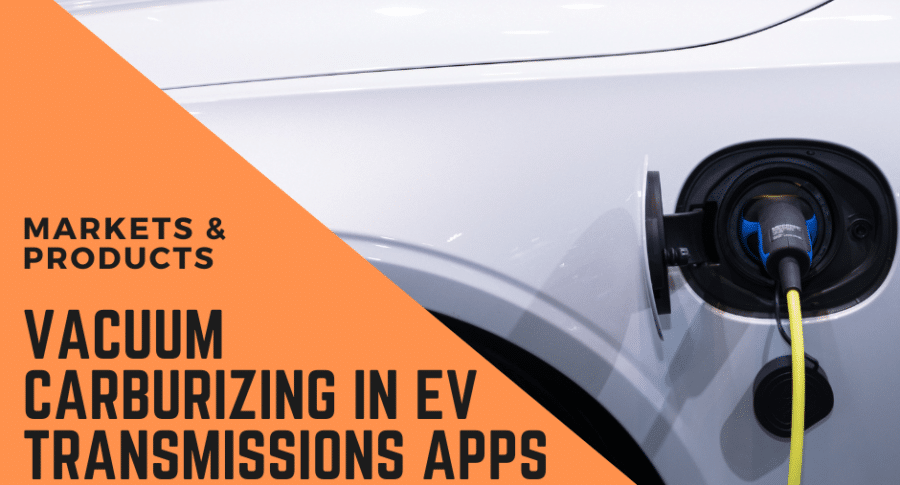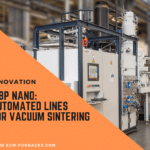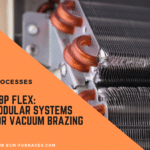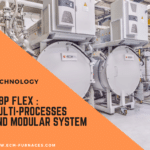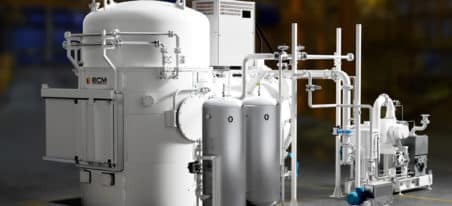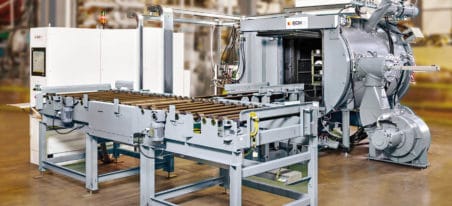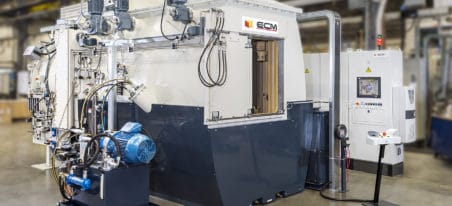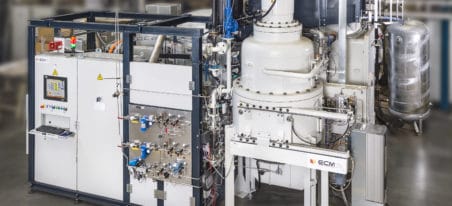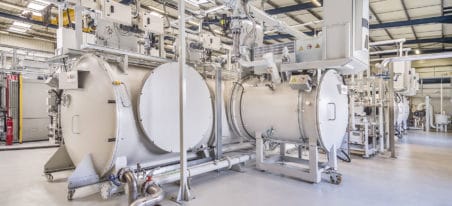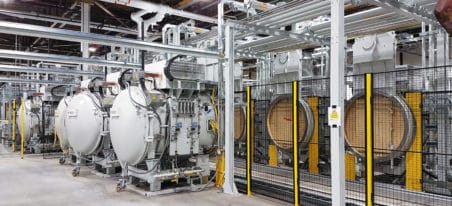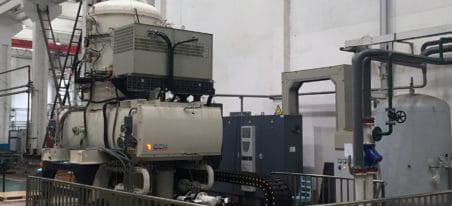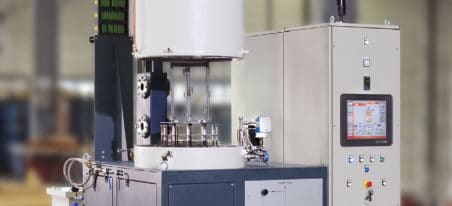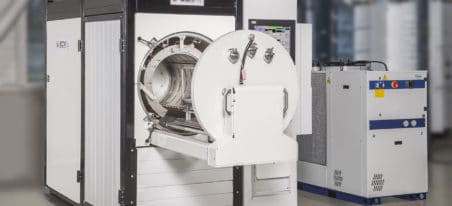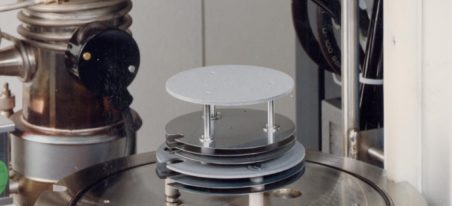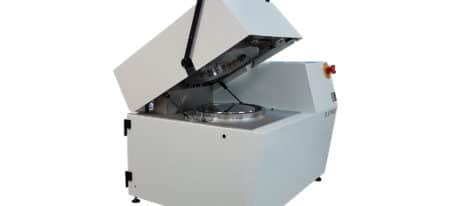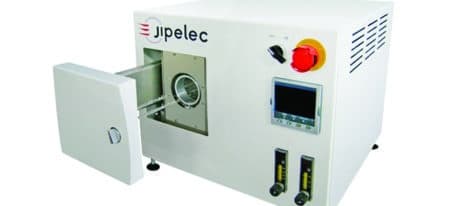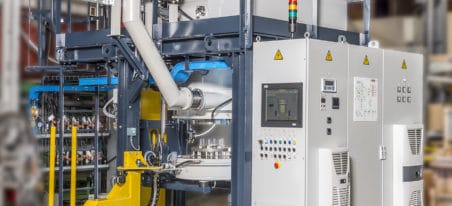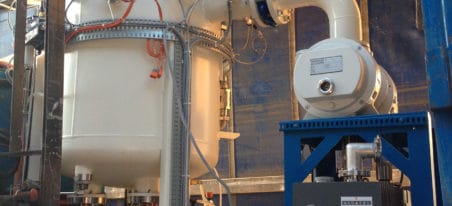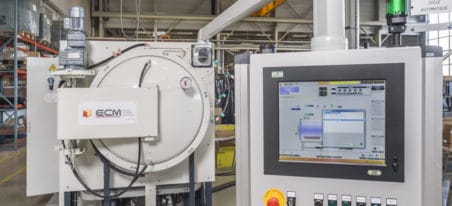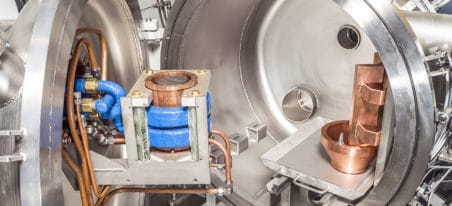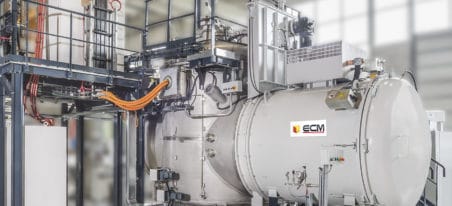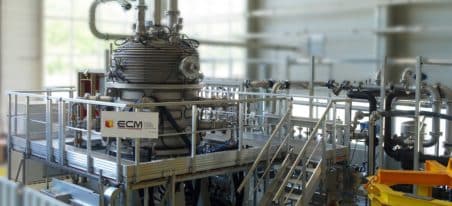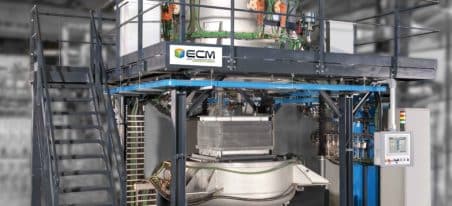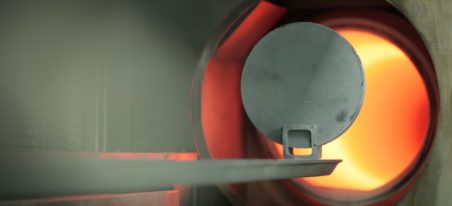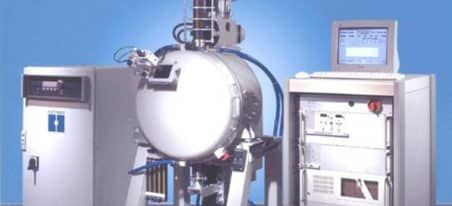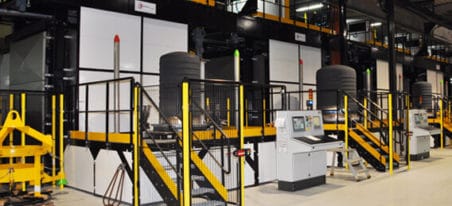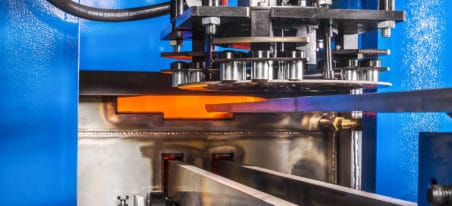Low Pressure Carburizing (LPC) supports the electrification of vehicles
The automotive market is in full mutation and the demand is more and more towards electric and hybrid vehicles. This allowed ECM Technologies to put forward its expertise in heat treatment and the relevance of its solutions. In electric vehicles, various transmission components can be subjected to much higher forces and stresses, especially in the transmission of higher torque than in thermal vehicles.
Low pressure carburizing is ECM Technologies’ core business. This process allows to obtain a better metallurgical quality of the treated parts, which is necessary to face the high torque transmission constraints encountered in electric vehicles. For several years, ECM Technologies has become the partner of many car manufacturers willing to electrify their offer. The ICBP low pressure carburizing furnaces range ensures a superior treatment quality, giving the treated parts an increased resistance to wear and fatigue, while allowing a much better distortions’ control. Process repeatability and treatment uniformity are major advantages achieved in these machines as well.
Towards a new oil quenching cells generation
In order to reach the desired core and surface hardness of parts, the low-pressure carburizing process is followed by a quenching step, and in some cases by an oil quenching step. This final step guarantees the absence of oxidation on the treated parts and freezes their structure, giving them better mechanical properties and improved fatigue resistance.
ECM recently supplied a car manufacturer developing an electric SUV with a flexible and modular low pressure case hardening and oil quenching system. This installation is the first of its kind, as it features an extremely reduced pit size to optimize civil engineering costs. This cell maintains the same quenching quality.
Clean and competitive heat treatment operations
ECM Technologies’ vacuum carburizing furnaces are part of a more responsible approach. The various thermochemical processes carried out are more environmentally friendly than atmospheric processes. Indeed, these installations allow a significant reduction of CO2 emissions, energy savings and an integration of heat treatment operations directly in production lines. Finally, other advantages such as reduced cycle times and electric heating, allow users to gain in competitiveness on these operations.


